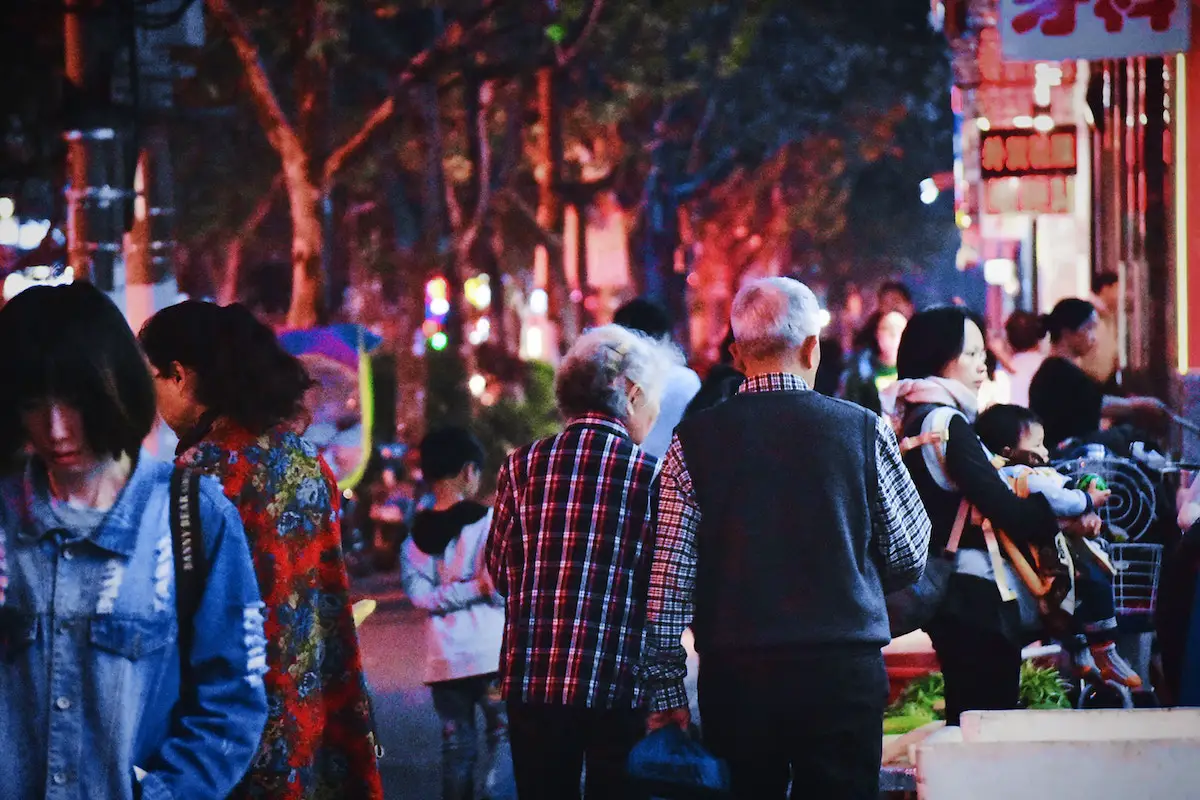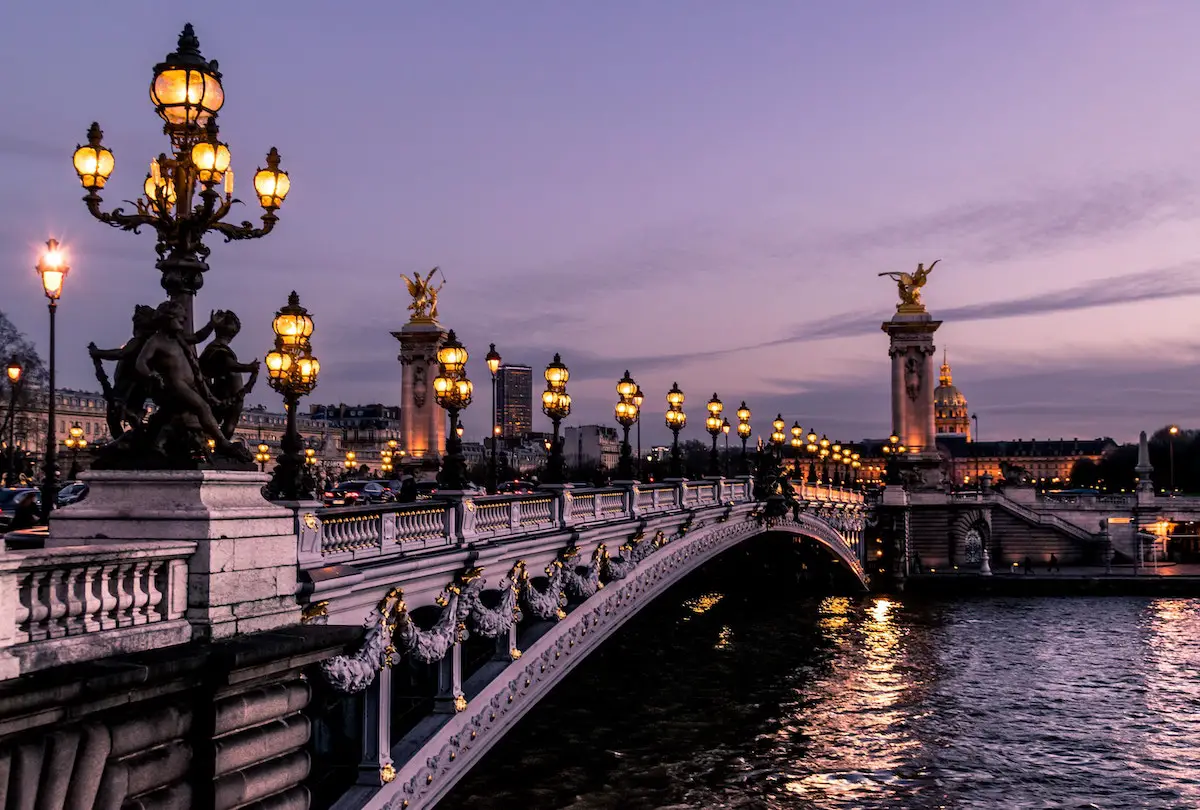Ten (Possible) Public Transport Innovations for the United States in 2012
Two weeks ago, the US Department of Transportation released its annual funding report and funding recommendations for 2012. The funding report is prepared by the Federal Transit Administration and issued by the U.S. Secretary of Transportation. Whilst not a huge document, in its 43 pages it details the funding allocations for projects that are ready and eligible for funding across the United States.
Of particular interest are 10 proposed projects which are being recommended for funding. Six of these are Bus Rapid Transit Systems, eight are west of Texas, with one in Florida and the other in Michigan:
-
Silicon Valley Berryessa Extension Project
San Jose, California -
Portland-Milwaukie Light Rail Project
Portland, Oregon -
Utah: Draper Transit Corridor
Salt Lake County, Utah -
Mesa, Central Mesa LRT Extension
Mesa, Arizona -
Fresno Area Express Blackstone/Kings Canyon BRT
Fresno, California -
JTA BRT North Corridor
Jacksonville, Florida -
Silver Line BRT
Grand Rapids, Michigan -
Mesa Corridor BRT
El Paso, Texas -
RapidRide E Line BRT
King County, Washington -
RapidRide F Line BRT
King County, Washington
This list seems to suggest that Bus Rapid Transit (BRT) is finally starting to be embraced in the US, following examples set by Curitiba, Brazil and Bogota, Colombia. However, reading the project scope descriptions reveals that only one project – the King’s County RapidRide F Line BRT – includes increased travel time efficiencies, reducing travel time by 12% or about 7 minutes per trip. Hopefully Mesa, Fresno, Grand Rapids, El Paso and King County will choose to follow the successful South American examples over the watered-down BRT version that New York City has recently adopted across a few miles of its footprint.
The BRT system model that emerged from Curitiba and Bogota makes travel more efficient by implementing passenger boarding improvements and dedicated road lanes. Besides lacking the city coverage that Curitiba and Bogota’s BRT systems have, it is puzzling why New York’s BRT system does not incorporate characteristics such as the elevated passenger loading zones and the more exclusive lanes that distinguish BRT’s performance from that of a regular bus service.
New York’s reasons are likely to be politically strategic. If the BRT system performance competes with the 2nd Avenue Subway extension then the Bloomberg administration could face criticism on budgeting efficiencies and priorities since BRT systems are much affordable than subway systems. However, even though BRT systems have become one of the preferred transit solutions, subway systems are still much sexier than bus systems. Thus, good old hubris might have led the administration to support a condensed version of the BRT system: how can a global city like New York not have a BRT system?!
The BRT project proposals in the Department of Transport’s funding report are a step in the right direction for the US, but it would be prudent for these projects to look into the shortcomings of New York City’s ‘Off-Broadway’ take on Curitiba’s and Bogota’s BRT ‘Broadway’ production. BRT systems need speedy passenger boarding and dedicated bus lanes to be more efficient than a regular bus service, otherwise these cities will just have another glorified bus system that is more prone to getting stuck in traffic than improving citizen mobility and quality of life.
Photo: bvohra


